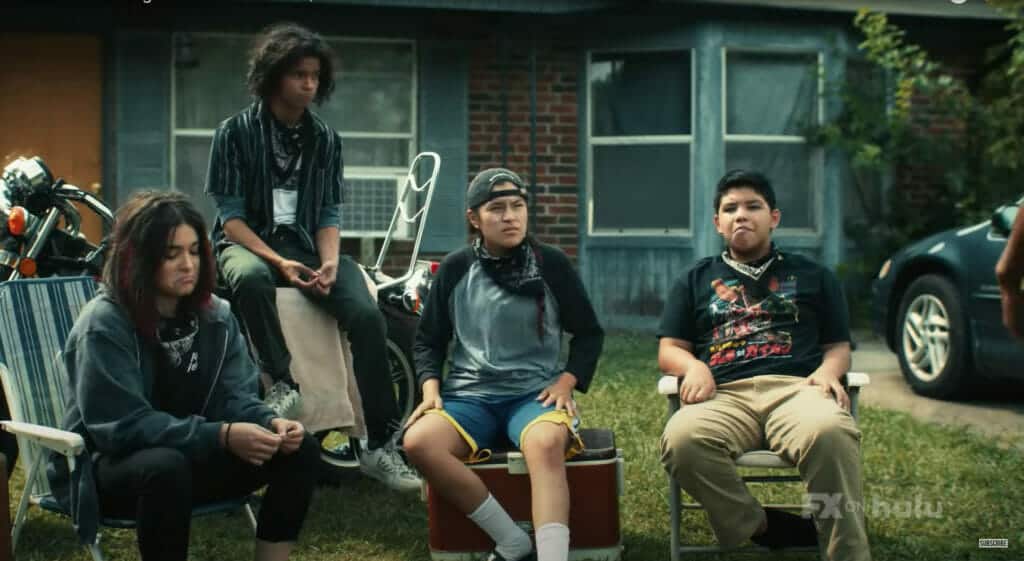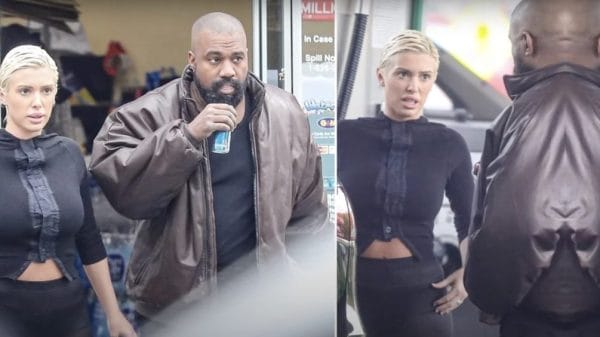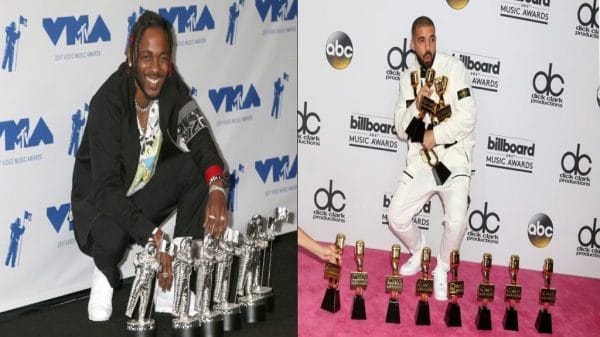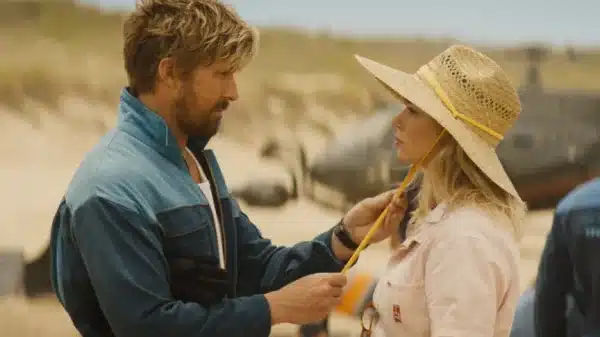The creators of Reservation Dogs, Sterlin Harjo, and Taika Waititi, have been very honest and straightforward about the aims of FX’s hit series: portraying American indigenous life in a modern, truthful way.
In an interview last year with the New York Times, Waititi indicated part of the reason he and Harjo thought a show like Reservation Dogs would be so important for American audiences:
“We’re tired of seeing ourselves out there wandering through forests talking to ghosts, putting our hands on trees and talking to the wind as if we have all the answers because of our relationship with nature. And there’s always flute music.”
Taika Waititi / New York Times
The show does an excellent job at using humor and satire to both normalize reservation life and educate non-indigenous audiences. It offers a modern-day portrayal of a reservation in rural Oklahoma and includes everything from hole-in-the-wall spots for getting the best catfish to local dispensaries and junkyards run by somewhat-benevolent junkies.
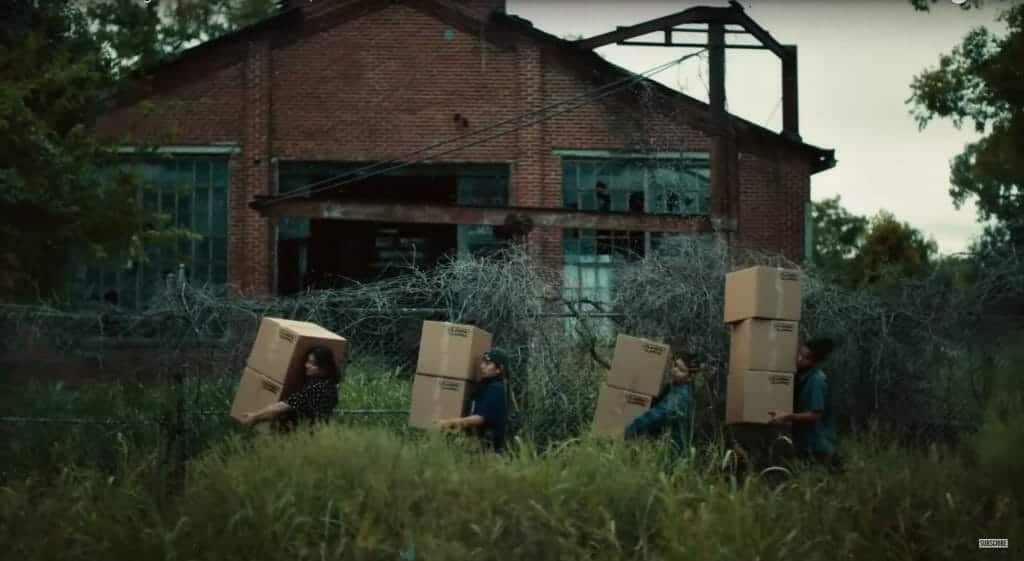
But don’t be fooled, the show does not shy away from the often-harsh reality of poverty and crime that accompany reservation life. All of the main characters live in modest homes, within neighborhoods largely undeveloped, among rusted, derelict buildings. Outside the reservations, we are introduced to tertiary characters, all white, living in affluent mansions of splendor, the show’s commentary on the massive disparities in living conditions in and around reservations.
Through all of this, the show strikes a perfect balance between a specific, sober reality and a universal sense of reconciling with tough situations through humor and community bonds.
The attention the show has been getting sparks the question: What was the previous standard before shows like Reservation Dogs? How has Hollywood been portraying indigenous life and culture? To probe this question, we sourced the most common titles from multiple lists of “essential indigenous movies,” off sites like IMDb and Rotten Tomatoes. Among the lists, the most common and highest-rated indigenous films were: Smoke Signals, Dances with Wolves, and Last of the Mohicans.
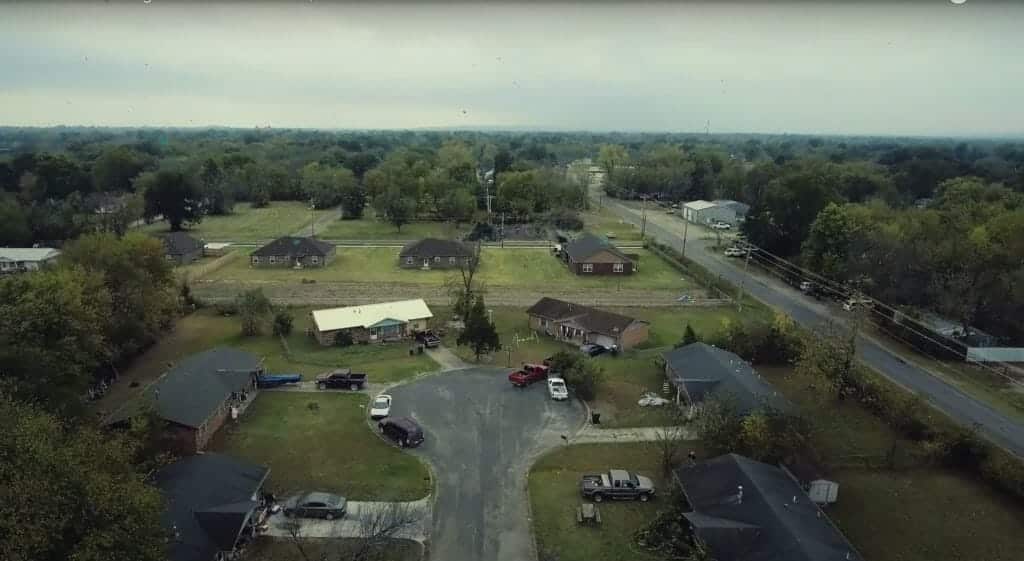
Smoke Signals
Smoke Signals, released in 1998 and set in the ’90s, follows the journey of two boys, Victor Joseph and Thomas Builds-the-Fire, as they make their way from their reservation in Plummer, Idaho to Phoenix, Arizona to retrieve Victor’s father’s ashes. Much of the film mocks indigenous stereotypes, such as the idea that all reservations are outdated communities lacking technology and modern utilities. In one scene, we see an old, broken-down van operating as the traffic report vehicle that never has any traffic to report to the largely empty town. We also get satirical lines that mock indigenous stereotypes, like, “We’re Indians, remember? We barter,” and, “This ain’t dances with salmon, ya know?”
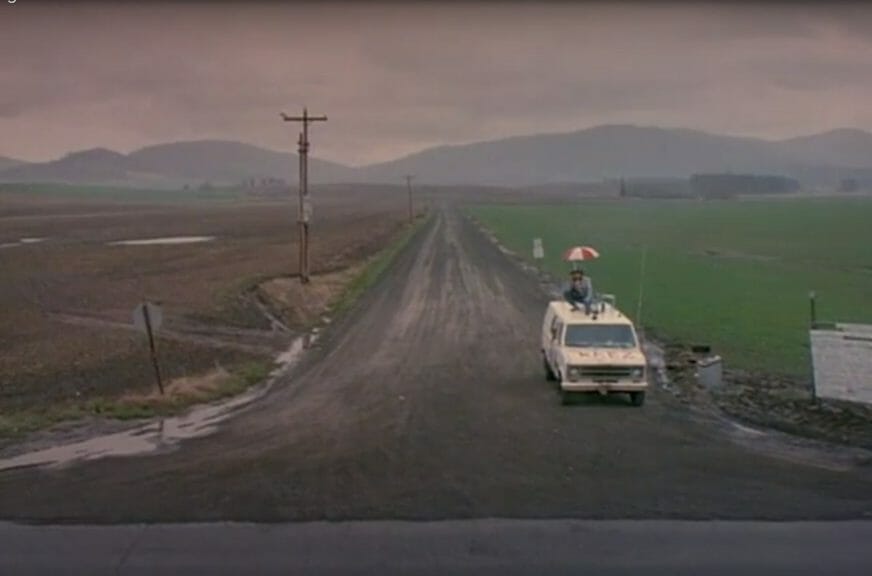
Despite its consistent reference to harmful stereotypes, the film does a good job at placing indigenous-played characters at the forefront of the narrative, which touches on some veracious themes. As we watch Victor and Thomas’s journey, we see them explore their own identities out on the road as well as their relationship with Victor’s father, Arnold, who helped raise Thomas. These explorations touch on themes like alcoholism, domestic abuse, and child abandonment in a thoughtful way. In doing so, they help humanize the indigenous-played characters and break free from the indigenous stereotypes the film mocks throughout.
But, it’s still debatable whether mocking the indigenous stereotypes, and the overall narrative of boy leaves reservation for the first time to experience the “real world,” actually undermines those stereotypes or reinforces them.
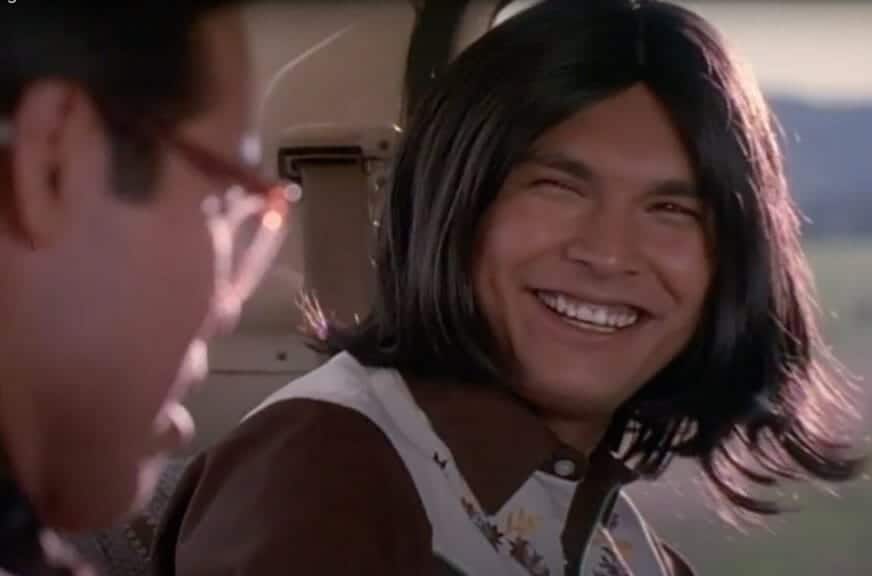
Dances with Wolves
Dances with Wolves was released in 1990 but is set in 1864, during the American Civil War and the colonization of indigenous people’s land. The film documents Union Army’s Lieutenant John Dunbar as he goes from honored battle hero to being accepted by a Sioux Tribe after he is transferred to the Western Frontier.
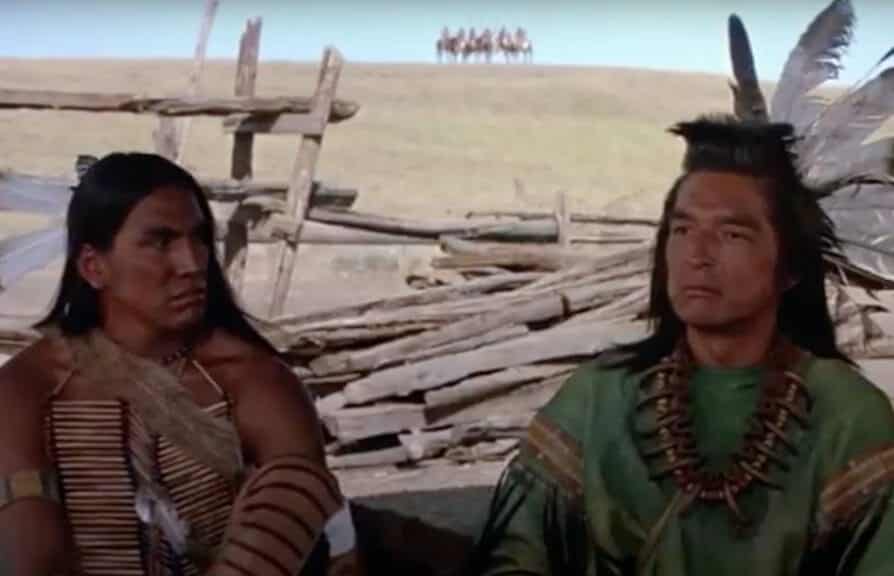
Dances with Wolves portrays a time riddled with indigenous/colonial conflict through many harmful stereotypes. One is the noble savage trope. Think hands on trees and the flute music Waititi mentioned in the earlier quote. In the movie, most indigenous-played characters are portrayed as uncivilized peoples, untroubled and uncorrupted by the influences of modern society, achieving some noble state of Zen. Characters like Wind in His Hair and Smiles a Lot both prop up this stereotype, the noble savage, often used in films. This stereotype idealizes and skews indigenous ways of life. It creates an image of all indigenous people being perfectly content through their wisdom and connection to nature when in reality they are a group of people as nuanced as any other.
Further, with Kevin Costner as the protagonist and his love interest as Mary McDonnell, both the leading actors in the film are white. Overall, the film portrays an outdated look at indigenous life and culture, reinforcing harmful stereotypes and giving little to no agency to indigenous-played characters.
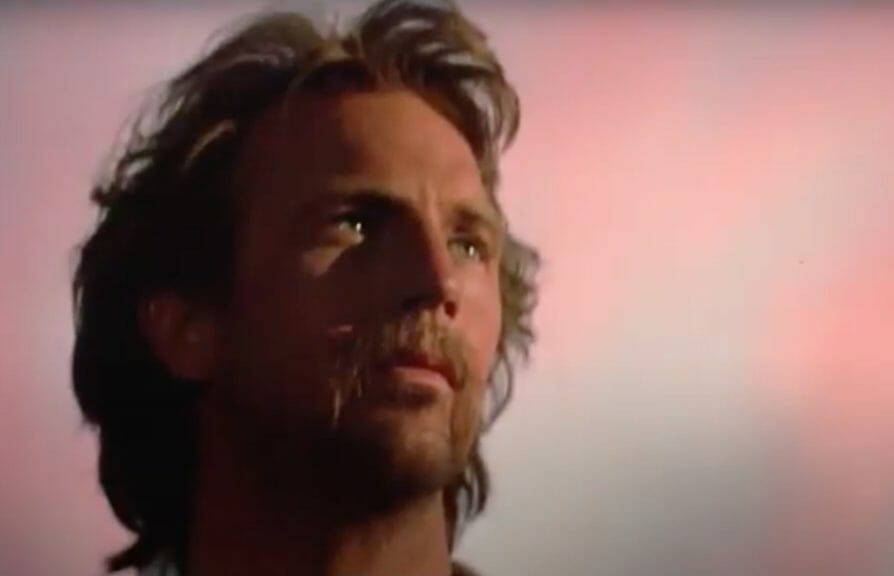
The Last of the Mohicans
The Last of the Mohicans, released in 1992, is another film set in America’s colonial days, specifically during the French and Indian War. The film covers the story of a Mohican tribe as they work with the British Army during the French and Indian War. In the story, The Mohican chief’s white, adopted son, Hawkeye, falls in love with the daughter of a British Army Major, Cora. The film has too many battle scenes to count and focuses mostly on the dramatic circumstances of a love born during a violent war. With the film’s focus on Hawkeye and Cora’s love, it puts two white actors at the forefront, giving little agency to indigenous-played characters throughout most of the film.
Many of these characters are instead relegated to one of two stereotypes often portrayed by Hollywood: the savage Indian and the noble savage. Early on in the film, a Mohawk member named Magua is supposed to be guiding Cora and others to her father, who is at another fort. Along the way, we learn that Magua is disguised as a Huron, a rival tribe of the Mohicans and British, and he leads the group to an ambush that kills most of their soldiers.
Magua is portrayed as having a deep-seated desire to kill, a fact later supported by him cutting out Cora’s father’s heart. This portrayal of Magua puts him in the harmful savage Indian stereotype seen often in the film. With this stereotype, indigenous people are portrayed as blood-thirsty savages. They are relegated to a subhuman status that is degrading, racist, and out of touch with reality, making the stereotype very harmful.
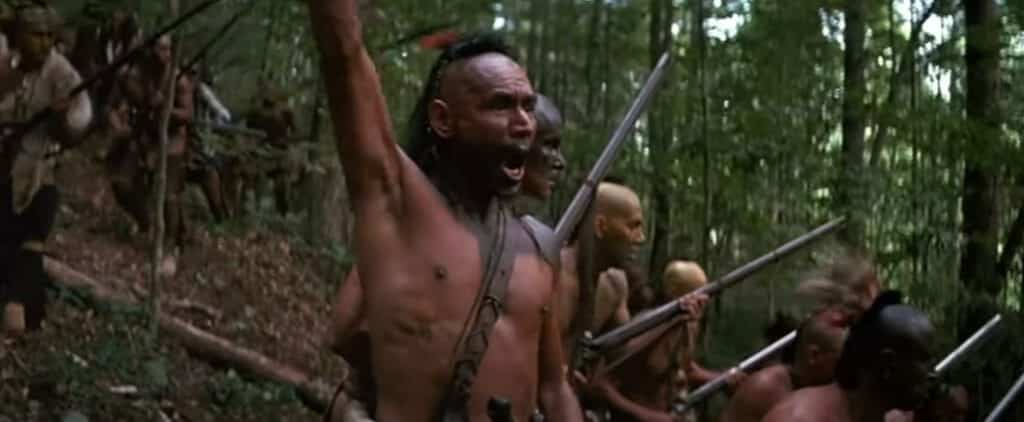
Other characters, like the Mohican Chief Chingachgook, are portrayed as noble, benevolent indigenous peoples that befriend the white man. The chief, with the help of his two sons, literally saves Cora and others from the Huron ambush near the beginning of the movie and kills off the malevolent Magua near the end. As it was stated earlier, this stereotype idealizes and skews indigenous ways of life.
With loads of violence, white love affairs, and offensive indigenous stereotypes used throughout, The Last of the Mohicans might sum up why many of the movies about indigenous peoples made before 2015 set very poor standards for Hollywood’s portrayal of the group – providing all the more reason for why shows like Reservation Dogs are so important for upending this shoddy standard.


